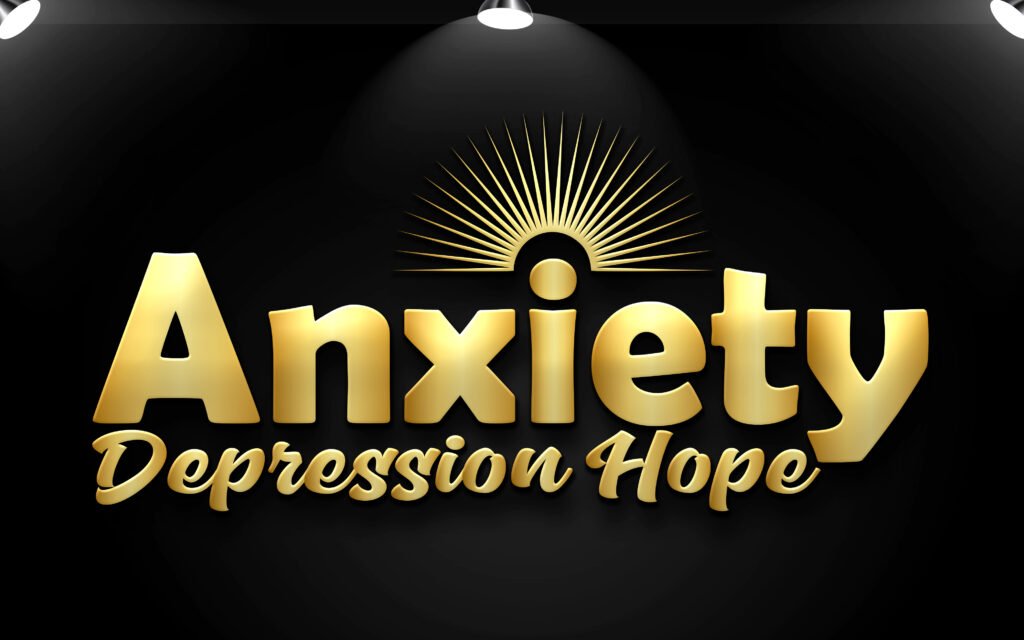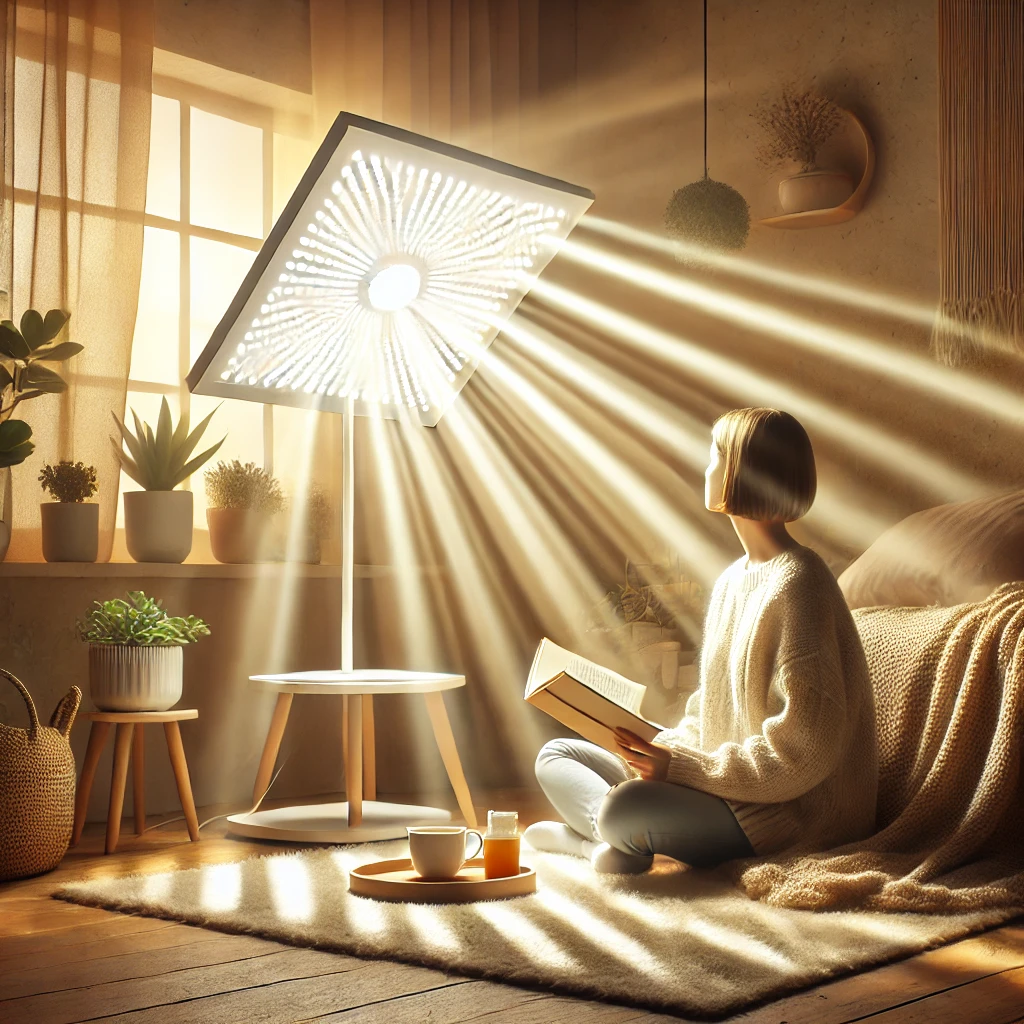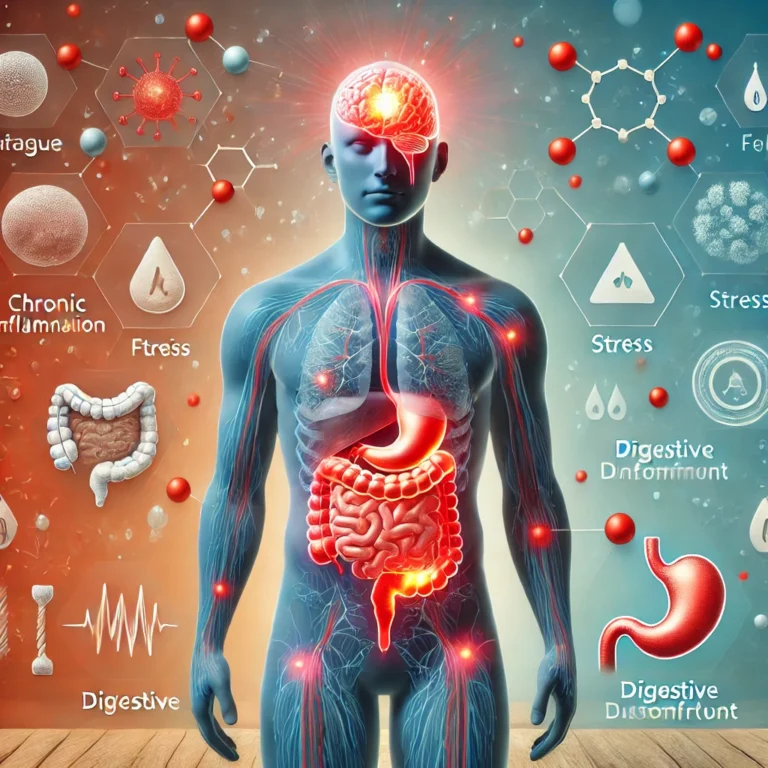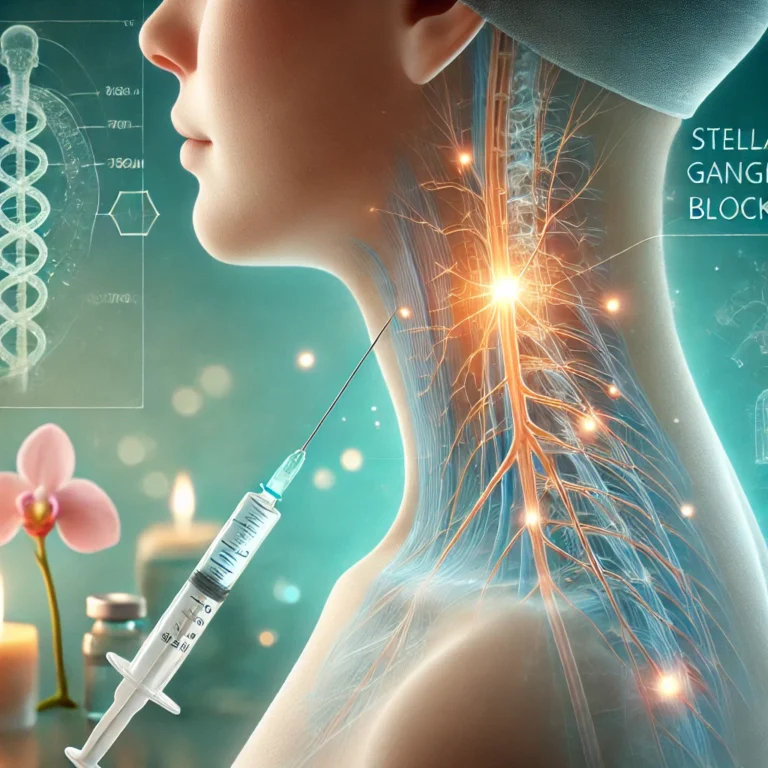Light Your Way to a Better Mood
Understanding Light Therapy
Light therapy, also known as phototherapy, is a treatment that involves exposure to specific wavelengths of light, typically from a light box or other artificial lighting sources. This therapeutic approach is grounded in science and has a rich history, having been utilized since ancient times in various forms, such as sunlight exposure to promote overall well-being. Historically, civilizations recognized the importance of light, often associating it with health and vitality.
The scientific basis for light therapy revolves around its capacity to simulate natural sunlight. Research indicates that sunlight significantly influences the body’s internal clock or circadian rhythms, which regulate sleep, mood, and general energy levels. When the body receives adequate exposure to natural light, it helps to promote the production of serotonin, a neurotransmitter critical for mood regulation. As exposure to light diminishes, particularly in the autumn and winter months, many individuals experience a drop in serotonin levels, leading to feelings of lethargy, anxiety, or depressive symptoms.
Light therapy works to combat these effects by providing a controlled source of bright light that mimics the sun. The treatment typically involves sitting near a light therapy box for a prescribed duration daily, allowing the body to absorb the light and restore its natural rhythms. This method has been found to be particularly effective for individuals who suffer from Seasonal Affective Disorder (SAD), a type of depression that occurs at specific times of the year when natural light exposure is limited.
Additionally, studies have suggested that light therapy might also be beneficial in alleviating symptoms of non-seasonal depression and anxiety disorders, making it a versatile option in therapeutic settings. By understanding the principles of light therapy, individuals may harness its potential to enhance their mood and well-being through appropriately managed light exposure.
Expanding Benefits Beyond Seasonal Affective Disorder
Light therapy, originally recognized for its efficacy in treating seasonal affective disorder (SAD), has evolved significantly and now encompasses a broader array of applications. Recent research highlights its potential to alleviate symptoms associated with generalized anxiety disorder (GAD) and non-seasonal depression. This evolution in understanding reveals that exposure to bright light can have profound effects on mood regulation throughout the entire year, rather than being limited to the winter months.
Several studies suggest a strong correlation between light exposure and the modulation of neurotransmitters such as serotonin and melatonin, which are critical in regulating mood and sleep. In one notable study published in the Journal of Affective Disorders, participants diagnosed with GAD experienced significant reductions in anxiety symptoms following a regimen of daily light therapy sessions. These findings emphasize that light treatment not only alleviates depressive symptoms but may also enhance overall emotional well-being.
Furthermore, experts have begun to advocate for light therapy as a preventative measure rather than solely a treatment option. The consistency of exposure to bright light throughout the year can potentially stabilize mood patterns and contribute to improved mental health resilience. Additionally, the convenience and accessibility of light boxes or wearable light therapy devices make this intervention appealing for various demographics, including those who may not have access to traditional therapeutic resources.
It is essential to conduct further research to establish optimal treatment protocols, including duration and intensity of light exposure. However, the current trajectory indicates that light therapy should be considered a viable option for a range of mood-related conditions. By expanding its applications, light therapy offers individuals an innovative approach to enhancing their mood and overall mental health, proving that light truly can illuminate the path to well-being.
Innovative Wearable Light Therapy Devices
Recent advancements in light therapy technology have led to the development of innovative wearable devices and compact lamps that aim to improve mental health and overall well-being. These tools are designed to provide individuals with convenient and accessible light therapy solutions, which can significantly enhance mood and energy levels. Wearable light therapy devices, such as light-emitting glasses or headbands, can easily be incorporated into daily activities, allowing users to benefit from their therapeutic effects without disrupting their routines.
The primary mechanism behind these devices involves exposure to specific wavelengths of light that mimic natural sunlight, which has been shown to alleviate symptoms related to seasonal affective disorder (SAD), depression, and anxiety. Users typically wear these devices for designated periods throughout the day to receive targeted light exposure. Compact lamps are another option for light therapy, providing a stationary source of bright light that can be utilized at home or in the office. These lamps can be set up conveniently on a desk or table and used during work hours or while engaging in leisure activities.
Testimonials from individuals who have utilized wearable light therapy devices indicate a noticeable improvement in mood and energy levels. For instance, one user reported feeling more focused and alert during work after incorporating a light-emitting headband into their daily routine. Another individual shared their experience with a compact light therapy lamp, stating that regular use has helped combat feelings of lethargy and low motivation during the winter months. Such real-world case studies underscore the effectiveness and practicality of integrating light therapy into everyday life.
As these innovative devices continue to evolve, they are becoming increasingly accessible to those seeking effective methods for enhancing their mood and overall mental health. By leveraging wearable light therapies and compact lamps, individuals can take proactive steps towards improving their emotional well-being.
Using Light Therapy Safely and Effectively
Light therapy is a popular treatment for various mood disorders, particularly seasonal affective disorder (SAD) and other forms of depression exacerbated by insufficient natural light. To utilize these therapeutic devices effectively, it is paramount to adhere to specified guidelines that ensure both safety and efficacy. First and foremost, it is advisable to choose a light therapy device that filters out ultraviolet (UV) light, thereby eliminating potential harm to the skin and eyes. Devices that emit 10,000 lux are generally recommended for the treatment of mood-related conditions.
In terms of usage duration, experts recommend sessions lasting approximately 20 to 30 minutes per day. Morning exposure to bright light is particularly beneficial, as it aligns with the body’s natural circadian rhythm and may help enhance mood throughout the day. However, individuals should consult their healthcare provider before commencing light therapy, especially if they have a pre-existing medical condition or are taking medications that affect sensitivity to light.
While light therapy is generally deemed safe, improper use might lead to side effects such as headaches, eyestrain, and insomnia. These adverse reactions can often be mitigated by adjusting the intensity and duration of exposure. Additionally, for those who experience discomfort, it may be useful to position the light therapy box at an angle or introduce gradual exposure. As important as it is to engage in regular sessions, consistency is key; therefore, integrating light therapy into a daily routine can enhance adherence and overall benefits.
Furthermore, keeping a journal of mood changes during the course of light therapy can provide valuable insights into its effects and assist in fine-tuning the regimen. Remember, safety and effectiveness come from knowing how to implement light therapy properly. This knowledge empowers individuals to take actionable steps toward improving their mood through this innovative treatment.






